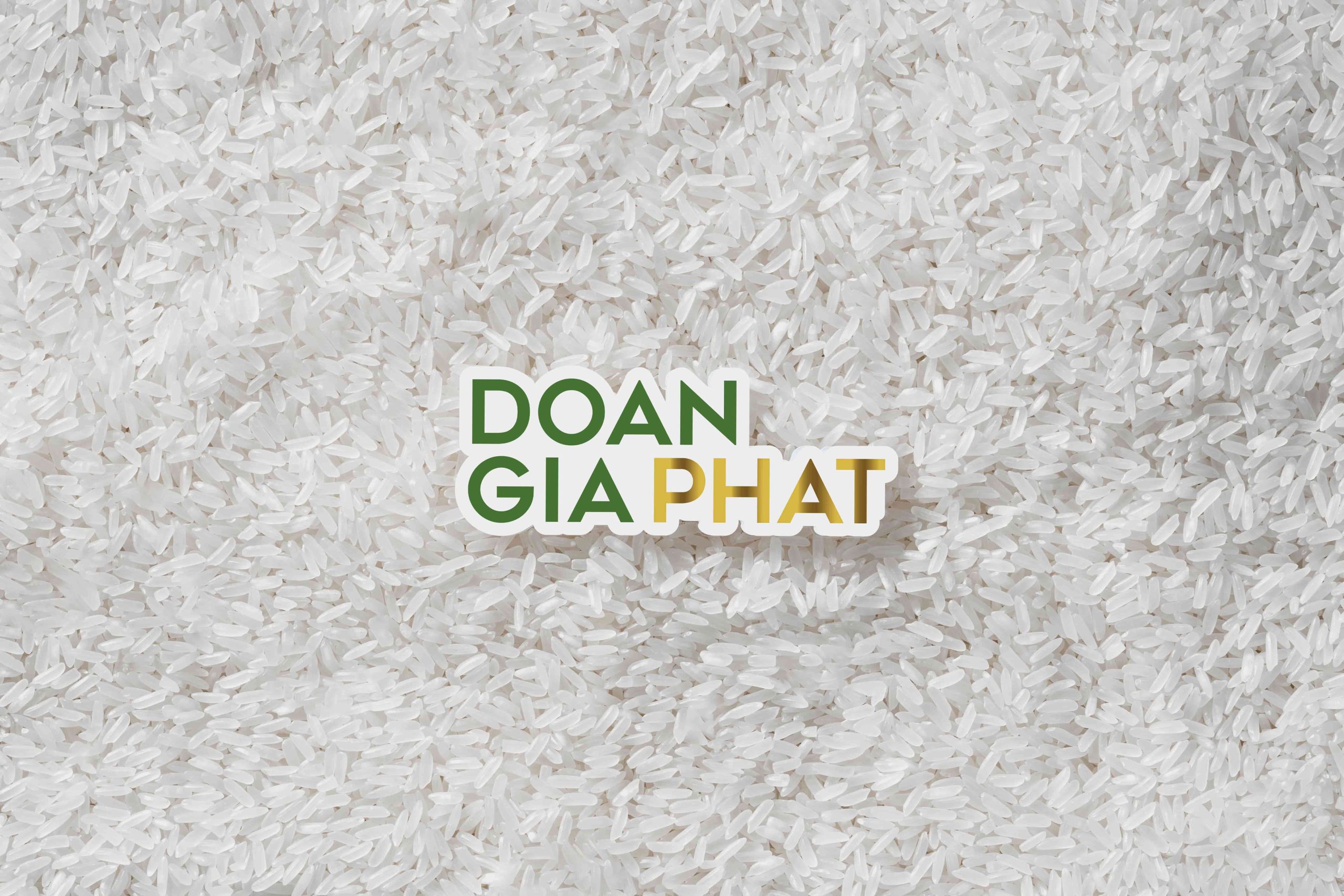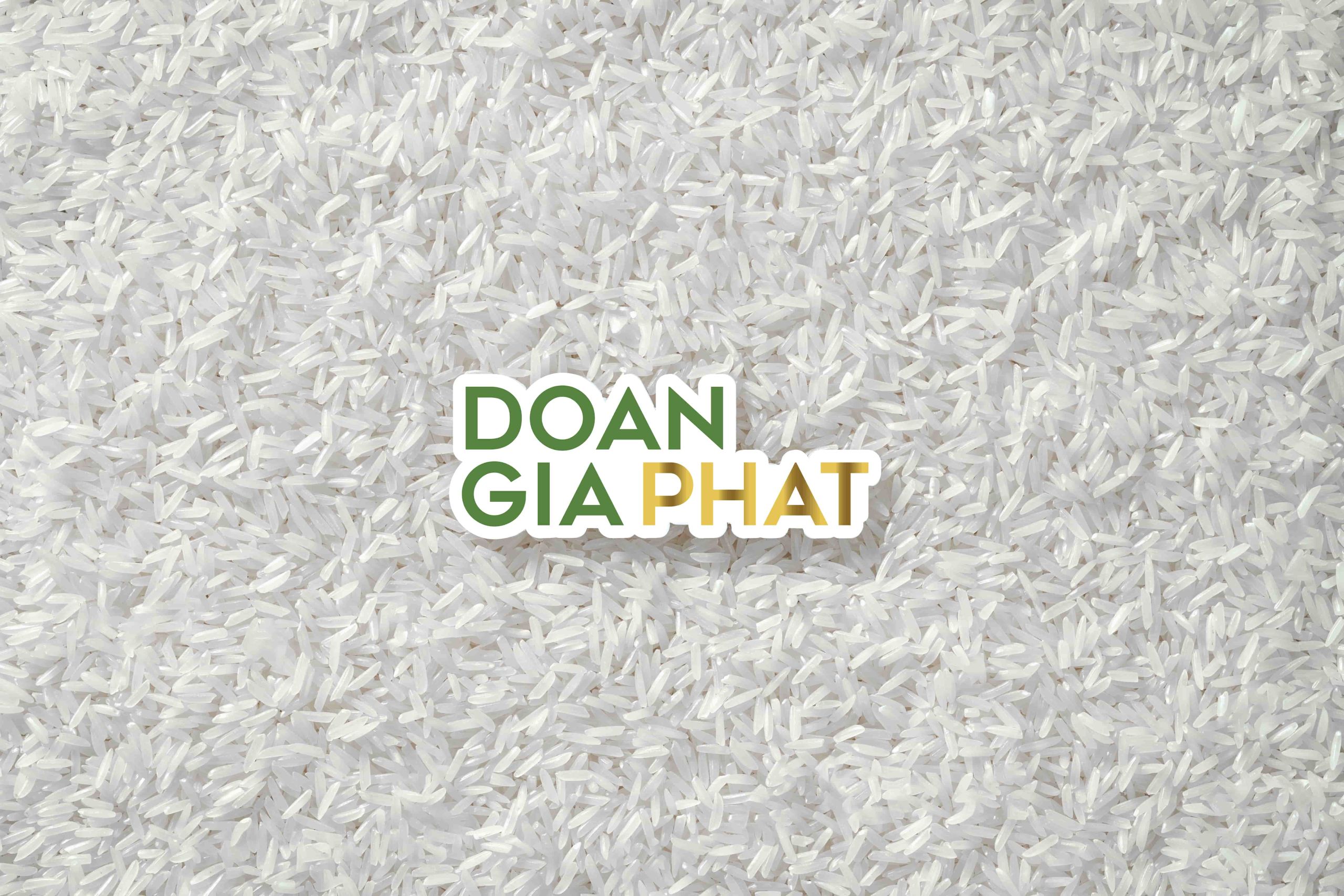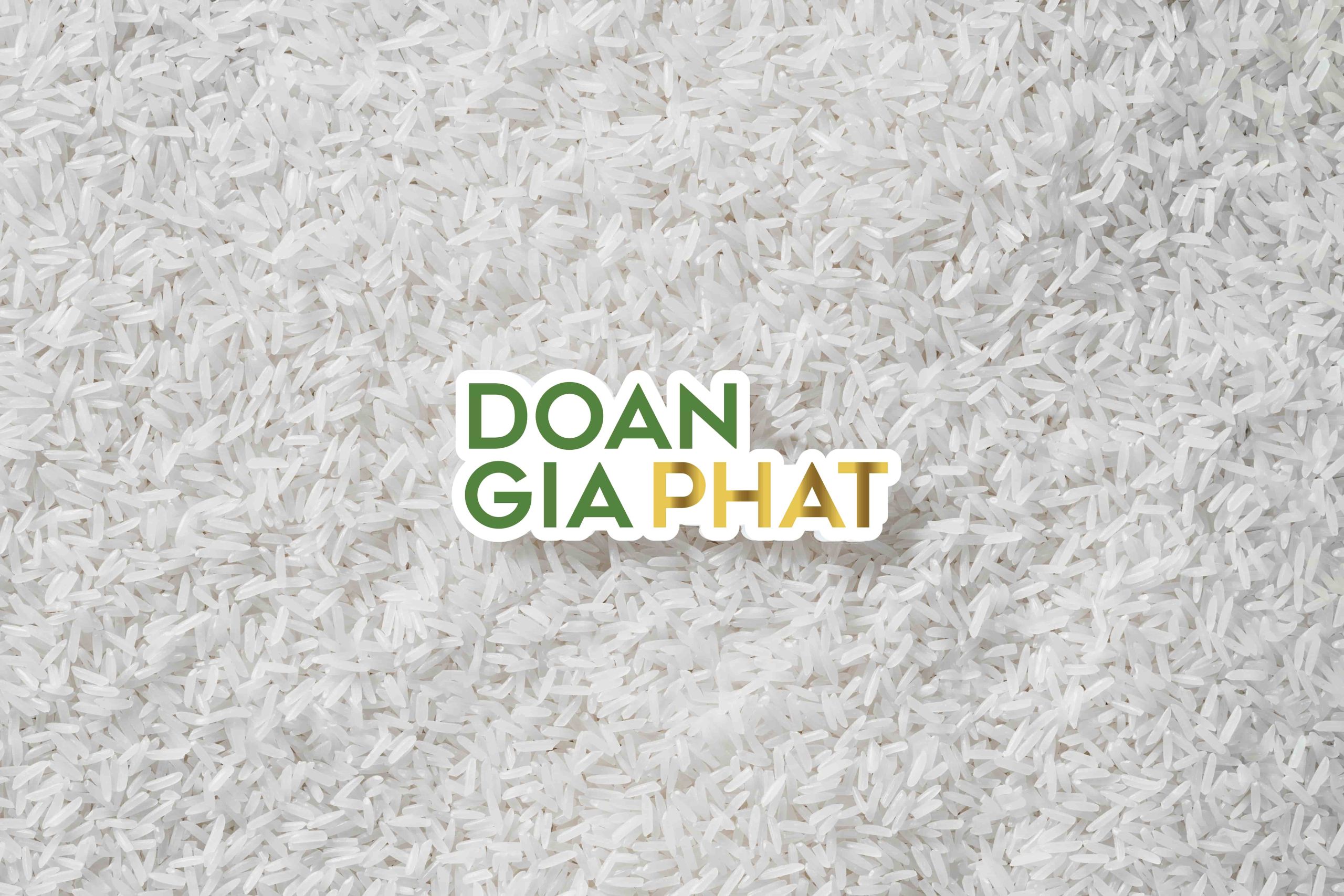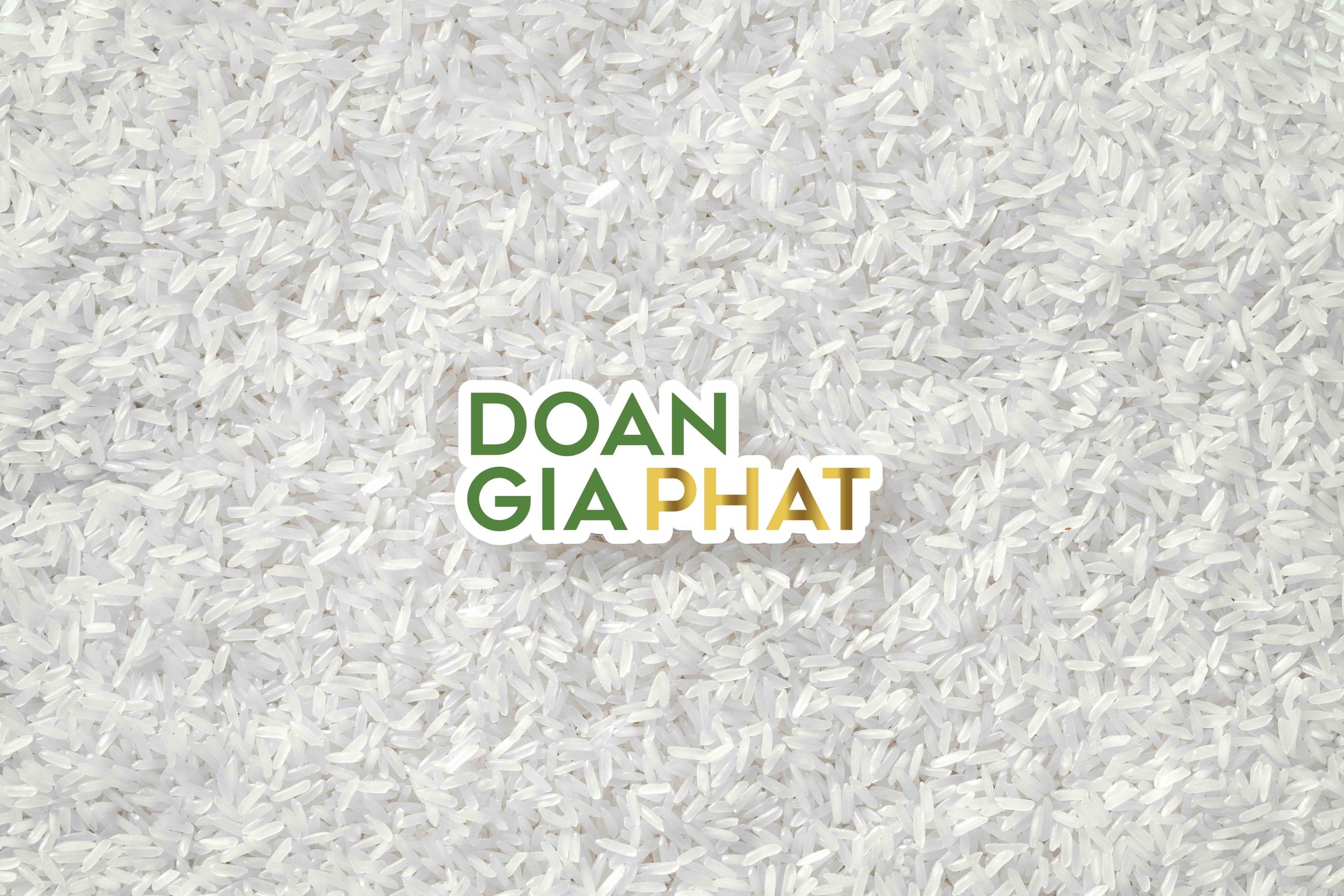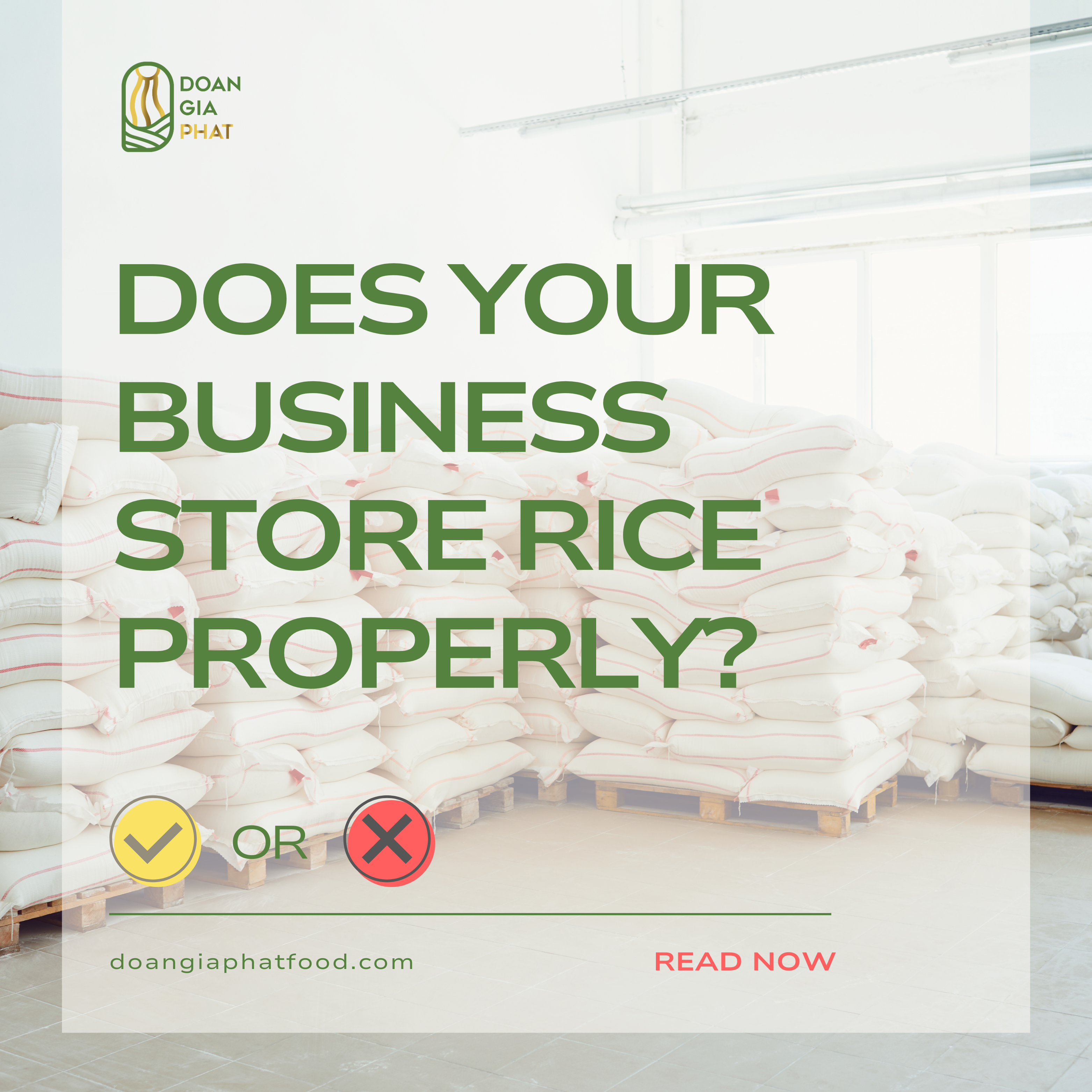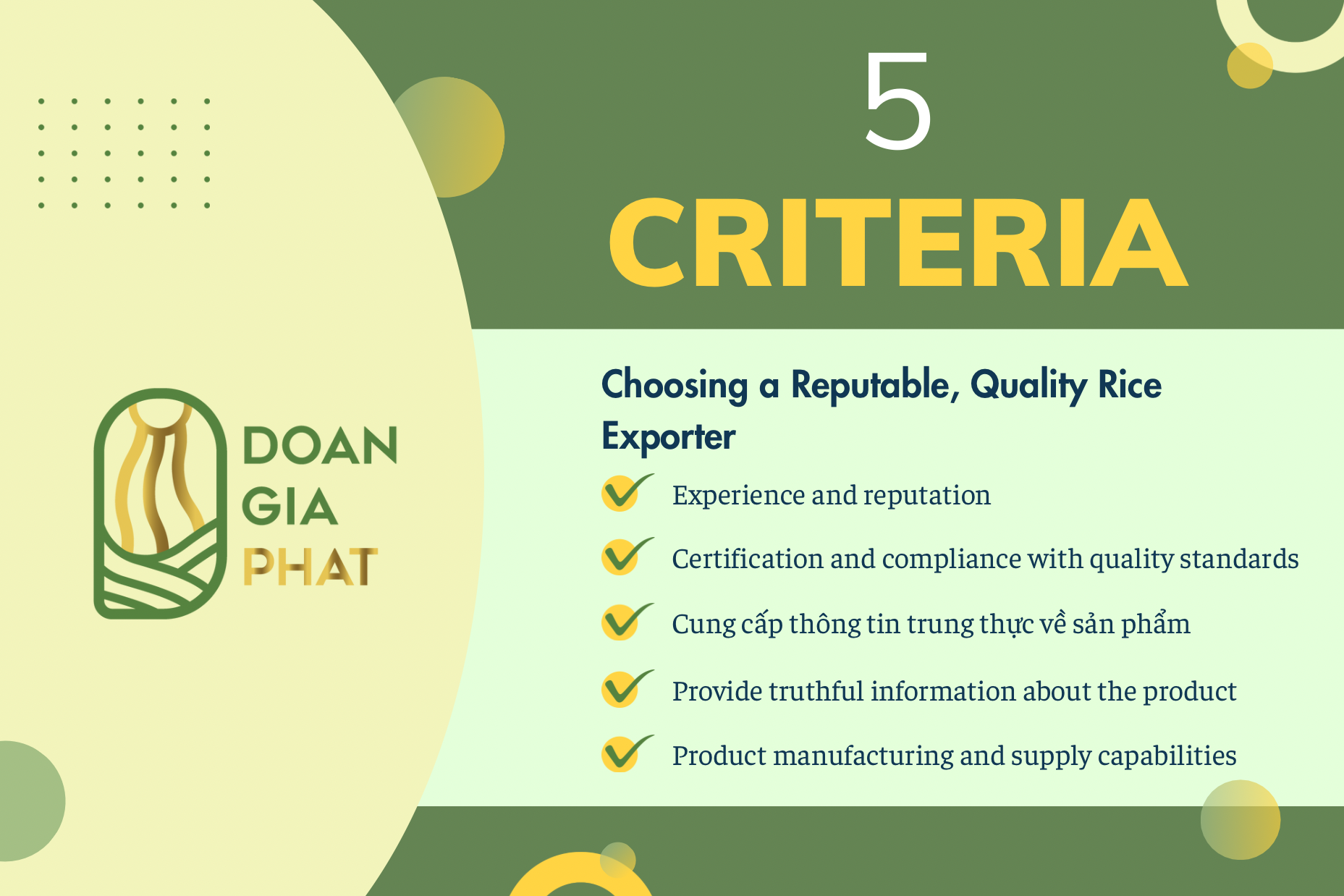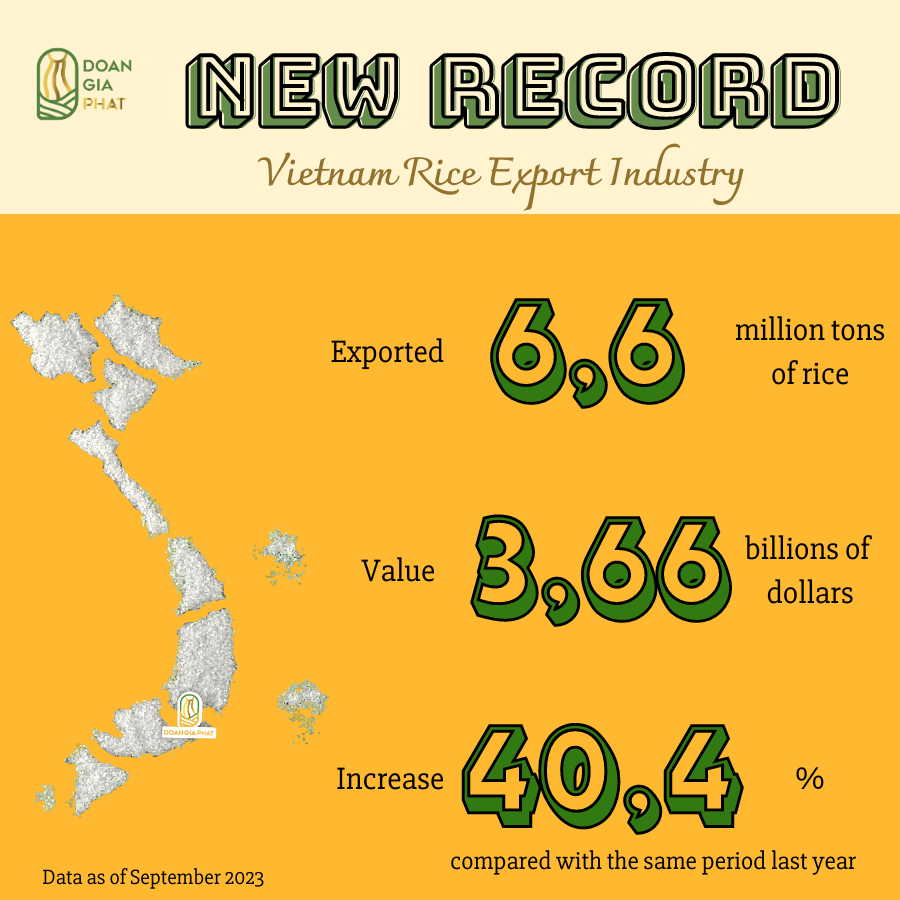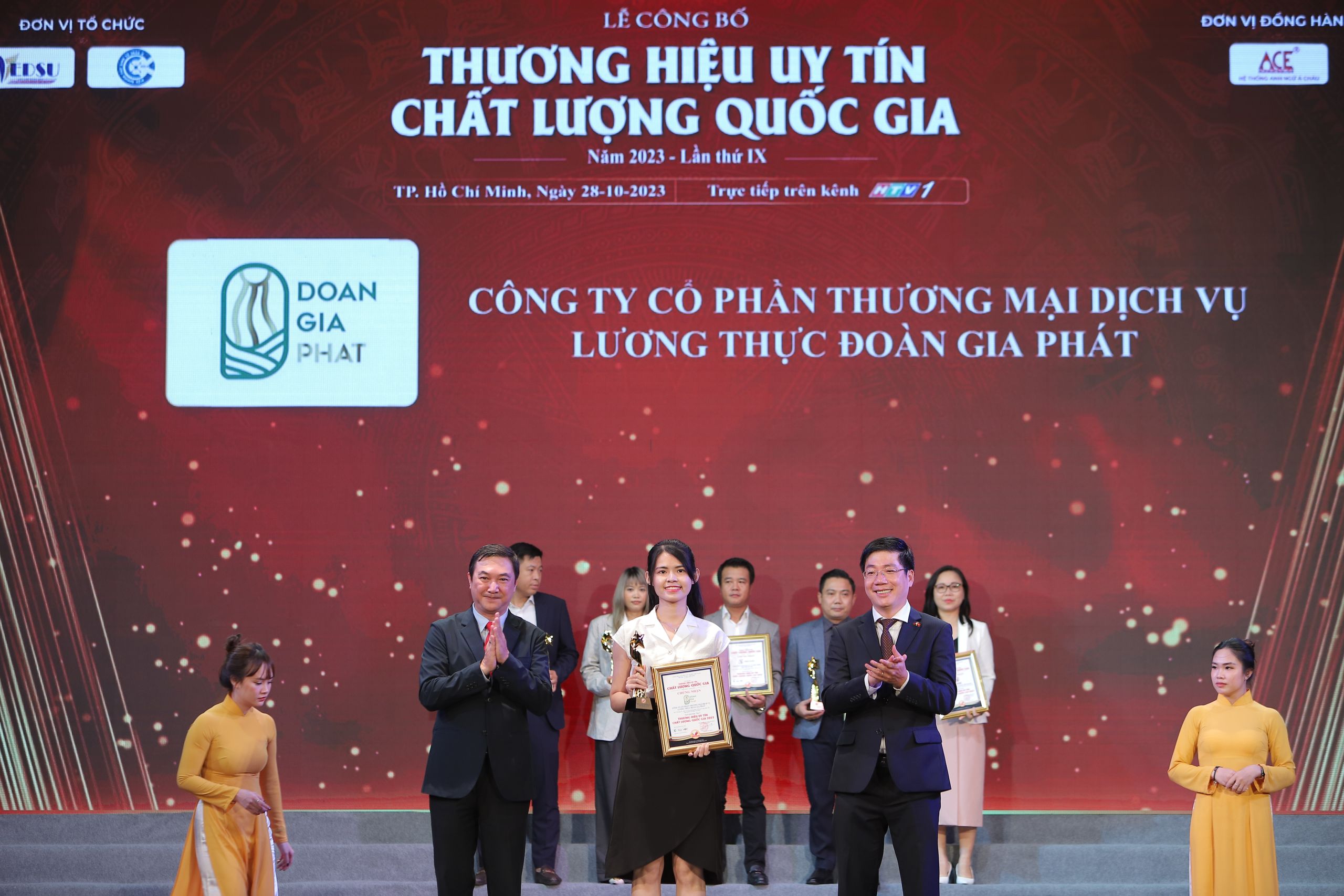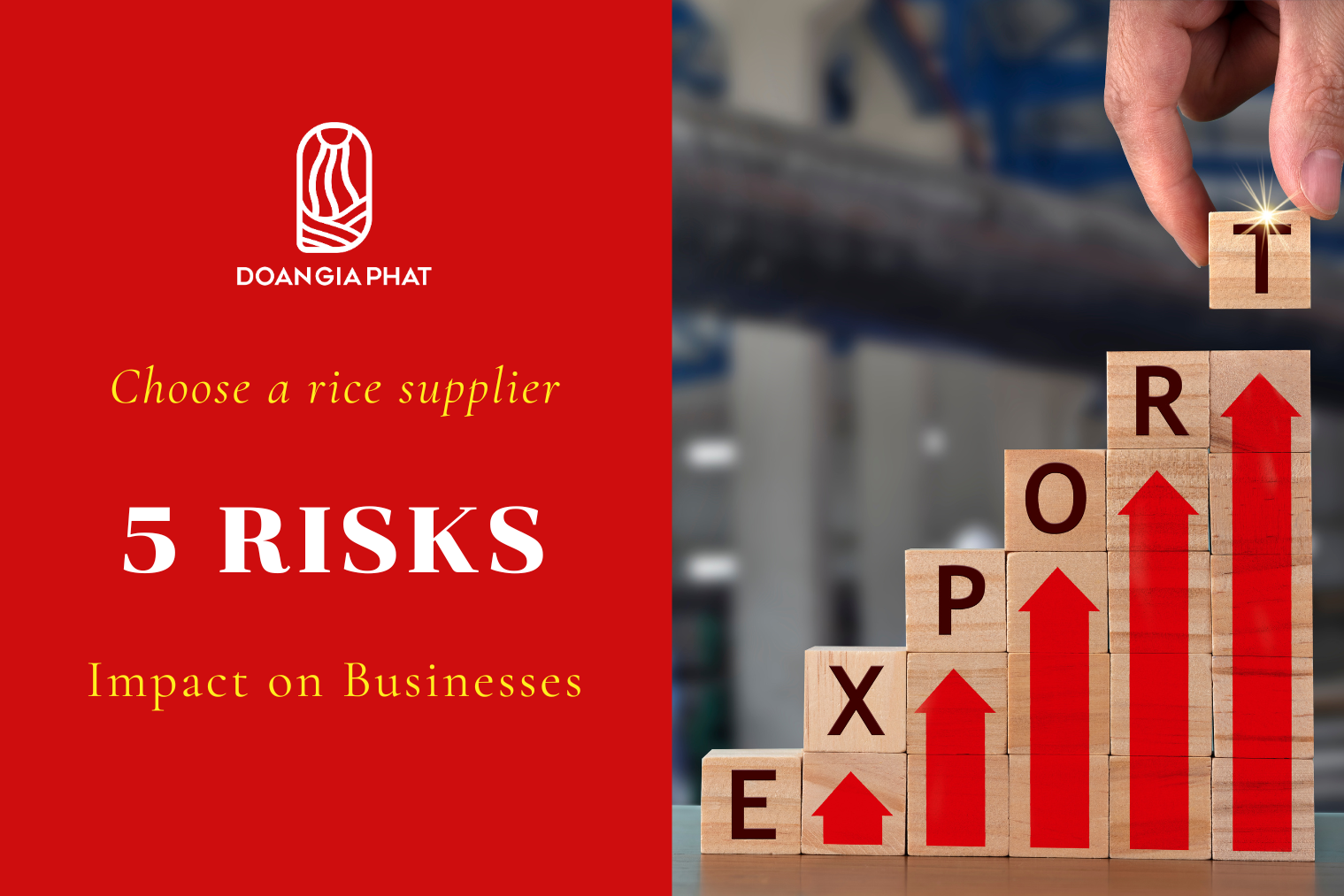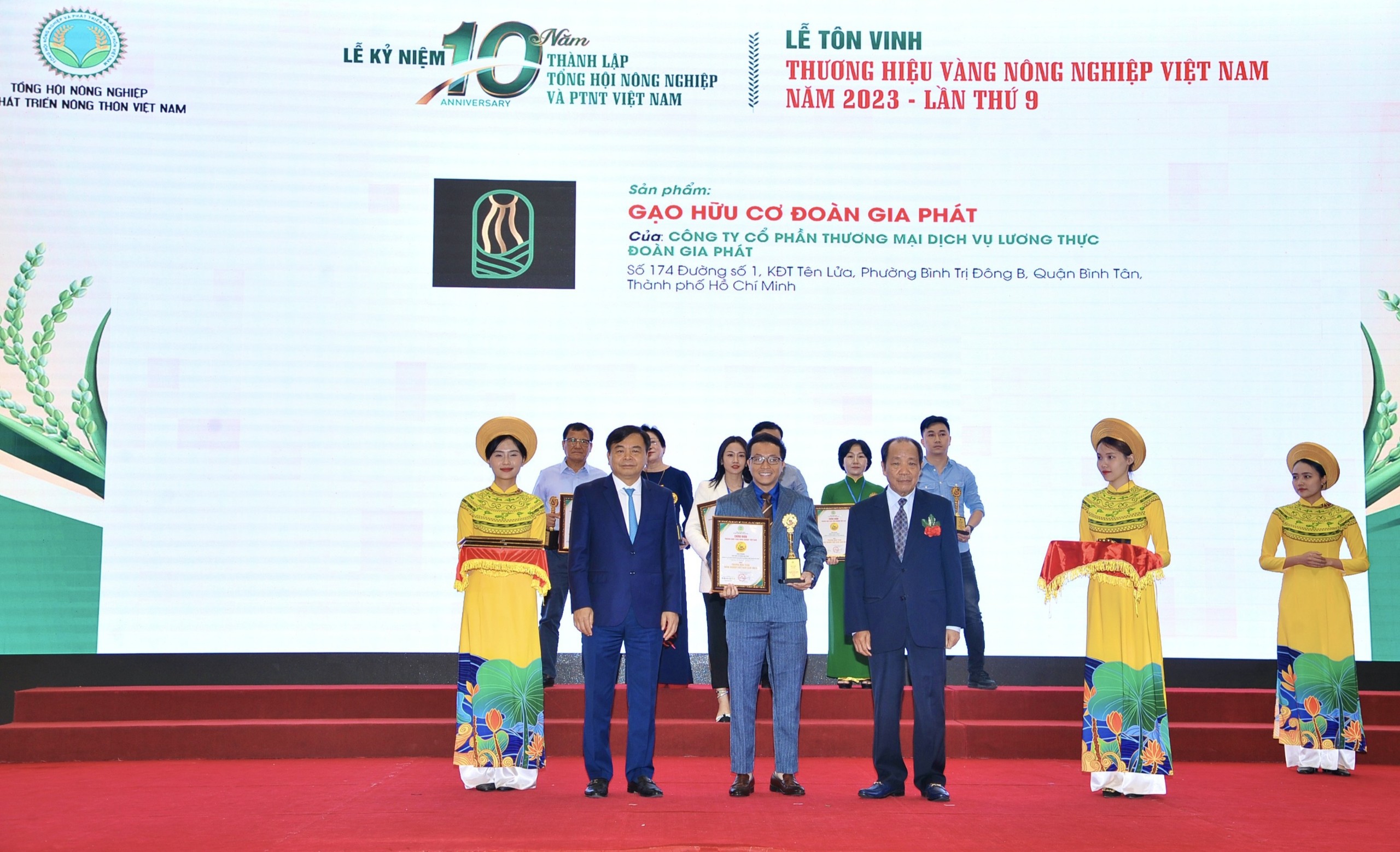For business establishments and rice producers, rice testing standards are a mandatory procedure to control rice quality as well as declare the quality of rice that meets the standards to be marketed.

Doan Gia Phat always complies with testing rice standards for each export market (Image: Doan Gia Phat)
In other words, rice testing is a way for rice businesses and production establishments to operate and maintain operations according to the regulations in Circular 19/2012/TT-BYT of the Ministry of Health issued on November 9, 2012.
According to this, rice businesses and production establishments must declare product quality before consumption as well as periodically test twice a year for products of establishments that have not been approved for quality management system certification. Below are some rice testing criteria according to current standards:
Sensory criteria of rice
- This requirement is evaluated through the color, taste, and amount of impurities in the finished rice. Detail: size and color, characteristic flavor of rice, surface and glossiness of rice, whether or not there is bran or husk mixed in,…
Physicochemical indicators
- Rice testing criteria also include physical and chemical criteria, which are mainly considered on the starch quality of rice. Normally, white rice contains 80% starch, in starch there are two components – amylose and amylopectin, these are two components that affect the quality of rice when cooked. Based on the rice testing process on physical and chemical criteria, it helps us clearly distinguish the properties of each type of rice.
Microbiological indicators
- Microbiological criteria are evaluated based on the measured content of bacteria that often cause food poisoning contained in rice, including some bacteria such as total number of yeast spores, molds, Coliforms, Staphylococcus aureus, Escherichia Coli, Clostridium perfringens, Bacillus cereus, Salmonella, etc. However, when considering criteria, it is not required to consider all of the above bacteria, but select factors suitable for the quality of rice to evaluate.
Heavy metal criteria
- Heavy metals such as lead, zinc, and mercury… if left in food in too high concentrations will harm consumers. Therefore, this expenditure needs rigorous testing and strict control to avoid dangerous risks when exporting rice to the market.
Undesirable chemical content
- Rice testing requires an objective and detailed assessment of unwanted chemical content to minimize the harm these chemicals can cause to humans.
These are the steps in the rice testing process, however, businesses can still change the amount added or omitted depending on the nature of the product to effectively save time and costs while still ensuring safety. ensure the quality of the source of goods.
Doan Gia Phat., JSC commits to always comply with the rice testing process required by different markets. Contact us via email at minhnnh@doangiaphatfood.com for the fastest response.
Read more at:
DOAN GIA PHAT HONORED AT THE AWARDS CEREMONY OF “VIETNAMESE AGRICULTURAL GOLD BRAND 2023”
DOAN GIA PHAT AND THE JOURNEY TO BECOME TOP 5 NATIONAL PRESTIGIOUS QUALITY BRANDS 2023


